Okinawa Weather: Monthly Temperatures in Naha and What to Wear

Okinawa is warmer compared to central Japan. This article provides a detailed overview of the average temperatures from January to December in Naha, Okinawa's capital city, along with tips on what to wear during each season.
Okinawa's Climate
Okinawa is a warm region that belongs to the subtropical monsoon zone. It has relatively high temperatures across the four seasons, and according to data from 2024, the annual average temperature is 24.4℃ and the average humidity is 77.4%.
In summer, temperatures rise to around 30℃, characterized by muggy conditions, and this period is longer compared to other regions. It is not uncommon for summer days to continue from June to around October.
On the other hand, winters are warm with temperatures around 18℃, making it less likely to feel cold compared to central Japan.
Regarding precipitation, it tends to be relatively high from spring to summer, with substantial rainfall during the rainy season. From summer to autumn, tropical depressions frequently occur, and several typhoons pass through Okinawa each year.
Reference: Japan Meteorological Agency Naha (Okinawa Prefecture) 2024 (Monthly Values)
Okinawa Weather Guide
1. Minimum and Maximum Temperatures in Naha
2. Spring Weather in Okinawa (January to March)
3. Summer Weather in Okinawa (April to June)
4. Autumn Weather in Okinawa (July to September)
5. Winter Weather in Okinawa (October to December)
Minimum and Maximum Temperatures in Naha
The temperatures in Naha, Okinawa's capital city, are warm throughout the year, characterized by minimal extreme temperature variations.
According to data from 2024, the lowest temperature in the coldest month, January, is 12℃, while the highest temperature is 26.3℃.
On the other hand, the hottest month, July, reaches a maximum temperature of 36.0℃, with a minimum temperature of 25.6℃, making it a hot season.
Precipitation tends to increase in June due to the rainy season.
Although the climate in Naha can be described as comfortable year-round, attention is required for the summer heat and humidity, as well as the rainfall during typhoon season. When traveling, it is advisable to prepare based on this weather information.
Reference: Japan Meteorological Agency Naha (Okinawa Prefecture) 2024 (Monthly Values)
Spring Weather in Okinawa (January to March)

Picture courtesy of PRTIMES
From January to March, Naha experiences a warm and comfortable climate, but there is a temperature difference between mornings and evenings.
January: Average Max. 20.7℃, Average Min. 15.3℃
In January, Naha is warmer compared to mainland Japan, with many days where the maximum temperature exceeds 20℃ during the day, making it a pleasant season.
However, it can feel a bit chilly in the mornings and evenings, so dressing in layers to accommodate for the temperature variation is key.
Recommended clothing includes a style of layering lightweight outerwear or cardigans. During the day, a thin long-sleeve shirt or blouse is usually sufficient, but having a windproof jacket can be convenient for the evenings or on days with strong winds.
Highlights for sightseeing in January include the beautiful beaches, even in winter, and the historical site of Shuri Castle. Many events that allow visitors to experience Okinawa's traditional culture are also held during this time.
February: Average Max. 22.7℃, Average Min. 17.8℃
In February, Naha enjoys a spring-like warmth during the day, making it comfortable; however, there can be some chilly mornings and evenings, so having adjustable clothing is important.
Recommended clothing includes a combination of lightweight long sleeves, light jackets, and cardigans. A short-sleeve top may be sufficient during the day, but an outer layer is necessary for the evenings or on windy days.
February is also cherry blossom season, and the Okinawan-specific cherry blossoms, known as kanhi-zakura, are in full bloom. It is recommended to visit cherry blossom spots such as Yogi Park and Yaedake.
You can enjoy the beautiful scenery unique to this time of year while exploring the streets of Naha and enjoying nature walks.
March: Average Max. 22.3℃, Average Min. 17.2℃
In March, Naha begins to feel like spring.
During the day, it is warm, and you can comfortably wear lightweight long-sleeve shirts or thin cardigans, but it is wise to have a light jacket or hoodie on hand for the cooler times. There can also be rainy days, so carrying a folding umbrella is advisable.
March is considered one of the best seasons for tourism in Okinawa, making it an ideal time to enjoy the beautiful sea and nature. In and around Naha, seasonal flowers bloom, and traditional festivals may take place, allowing you to fully experience Okinawa's culture and scenery.
Summer Weather in Okinawa (April to June)

Picture courtesy of PR TIMES
From April to June, Naha experiences a season of increased humidity. By adjusting your clothing and taking rain preparedness into account, you can enjoy sightseeing comfortably.
April: Average Max. 26.8℃, Average Min. 21.8℃
In April, Naha features a warmth reminiscent of early summer in Honshu.
During the day, conditions can be humid, so wearing short sleeves or lightweight shirts for breathability is comfortable. In air-conditioned indoor spaces, it may feel a bit chilly, so having a thin cardigan or light outer layer is advisable.
As the sun becomes stronger during this season, it is also important to take UV protection measures, such as using sunscreen and wearing a hat.
Additionally, this time of year showcases beautiful fresh greenery, making it an excellent opportunity to enjoy Okinawa's unique natural spots. Consider visiting renowned places like Shuri Castle and Shikinaen Garden, or exploring the beaches with their expansive blue seas.
May: Average Max. 27.4℃, Average Min. 22.6℃
In May, Naha experiences the warmth characteristic of early summer, with humidity gradually increasing.
During the day, you can comfortably wear short sleeves or lightweight shirts; however, in air-conditioned indoor spaces, it's handy to have a light cardigan or thin jacket on hand.
Additionally, it is common for the rainy season to begin from mid to late May, leading to more rainy days, so it’s advisable to carry a folding umbrella or raincoat. This time of year also sees very high UV levels, so don’t forget UV protection measures like sunscreen, sunglasses, and a hat!
During this period, popular tourist activities include beach outings and enjoying nature walks amidst the beautiful fresh greenery.
June: Average Max. 29.5℃, Average Min. 24.9℃
In June, Naha experiences the onset of summer heat, with many humid days expected. After the rainy season ends, sunny days increase, bringing a typical summer atmosphere.
Comfortable clothing includes short sleeves, breathable shirts, and shorts. Since this season can lead to excessive sweating, it is also recommended to wear quick-drying undergarments. Additionally, as a precaution against rain before the end of the rainy season, it's wise to have a folding umbrella and waterproof shoes on hand.
June is also a great time for snorkeling and diving due to the high clarity of the ocean. Enjoying beautiful beaches and nature under the clear skies after the rainy season can make for a memorable experience.
Autumn Weather in Okinawa (July to September)

Picture courtesy of PR TIMES
From July to September, Naha experiences hot and humid summer days. It is important to thoroughly implement sun protection and heatstroke prevention measures to enjoy comfortable sightseeing.
July: Average Max. 33.9℃, Average Min. 28.2℃
In July, Naha experiences a summer climate characterized by high temperatures and humidity. With the intense sunlight during the day, UV protection becomes essential.
Recommended clothing includes short sleeves and shorts made from cool materials; however, it is wise to bring a thin cardigan or shawl for cooling in air-conditioned indoor spaces or during transit.
During sightseeing, preventing heatstroke is crucial, so make sure to hydrate frequently and carry drinks with you. Drinks that replenish salts and minerals are also effective.
July is the most beautiful season for the beaches, making marine activities very popular! Not only can you enjoy snorkeling and diving in the clear waters, but observing the tropical night sky is also highly recommended. It’s a wonderful time to fully enjoy the summer in Okinawa.
August: Average Max. 32.8℃, Average Min. 28.2℃
In August, Naha continues to experience intense heat and high humidity. The heat persists both day and night, making heatstroke prevention particularly important.
Recommended clothing includes lightweight, breathable items such as short sleeves and shorts; however, it can feel chilly in air-conditioned indoor spaces, so bringing a thin cardigan can be convenient.
Additionally, with the UV rays being extremely strong, it is essential to ensure complete sun protection by using sunscreen, sunglasses, and hats. Carry sports drinks or water that can replenish salts, and make a habit of hydrating frequently.
Swimming and snorkeling at the beautiful beaches are very popular seasonal activities.
September: Average Max. 31.7℃, Average Min. 26.5℃
In September, Naha experiences lingering summer heat, but mornings and evenings gradually become more comfortable. However, there are still many days with high humidity that can feel muggy, so it remains important to take measures against heatstroke.
Clothing suitable for this time includes short sleeves, lightweight shirts, and shorts; however, bringing a thin shirt for air conditioning is advisable.
Additionally, September is a period when typhoons are likely to form, so to prepare for changes in weather, it’s a good idea to have a folding umbrella and waterproof shoes on hand.
Tourist numbers tend to decrease in September, making beaches and sightseeing spots relatively less crowded. This season can be considered an excellent time to enjoy Okinawa at a leisurely pace.
Winter Weather in Okinawa (October to December)

Picture courtesy of PR TIMES
From October to December, Naha experiences a gradual easing of heat, leading to a more comfortable climate. Preparing lightweight long sleeves and outer layers will help ensure enjoyable sightseeing experiences.
October: Average Max. 30.3℃, Average Min. 25.5℃
In October, Naha retains remnants of summer, but humidity decreases compared to September, making it a more comfortable time.
During the day, you can comfortably wear short sleeves or lightweight shirts; however, it can feel a bit cooler in the mornings and evenings, so having a thin shirt or hoodie on hand is advisable. While the typhoon season is nearing its end, it is still important to remain vigilant about weather changes.
October is a peak season for tourism, resulting in many events being held, making it an excellent opportunity to experience Okinawa's unique traditions and history.
November: Average Max. 26.2℃, Average Min. 22.3℃
In November, Naha experiences a climate that feels similar to early autumn on the mainland, making it quite comfortable.
During the day, lightweight long sleeves or short sleeves are suitable; however, it’s a good idea to have a light jacket or cardigan for the cooler mornings and evenings. The humidity is relatively low, and there are many sunny days, making it an ideal time for sightseeing.
November is perfect for leisurely strolls along the coast or enjoying natural parks! Additionally, there are plenty of events where you can enjoy local culture.
December: Average Max. 21.2℃, Average Min. 16.5℃
In December, Naha experiences a climate reminiscent of autumn on the mainland.
During the day, it is warm enough to be comfortable in lightweight long sleeves or a light jacket; however, it can feel a bit chilly in the mornings and evenings, so having a thick cardigan or windbreaker on hand is advisable. The humidity decreases, and there is less rain, making it a pleasant time for sightseeing.
December marks the season for Christmas-related events and illuminations, with Naha City showcasing beautiful decorations that become a highlight for tourists.
Frequently Asked Questions
What is the best clothing for winter in Okinawa?
Lightweight long sleeves and jackets are recommended. However, it can feel a bit chilly in the mornings and evenings, so having layers or items that can be worn over other clothing is convenient.
What is the best clothing for summer in Okinawa?
Lightweight clothing such as short sleeves and shorts are comfortable. Don't forget sun protection like hats and sunscreen!
Is it cold in Okinawa in February?
Okinawa is warmer compared to Honshu, so it is not usually felt as cold. During the day, long sleeves are advisable, and a light outer layer is good for the mornings and evenings.
Is the humidity high in Okinawa?
Okinawa has high humidity throughout the year, especially feeling muggy during the summer.
Enjoy Exploring Okinawa
When visiting Okinawa, it is important to prepare lightweight and breathable clothing for the summer, as well as outer layers to guard against the chill in the mornings and evenings during winter.
By preparing appropriate clothing for each season, you can enjoy sightseeing more comfortably.
Summer features beautiful seas and the charm of tropical nature, while winter offers a warm and pleasant season, so be sure to fully enjoy the attractions of each season.


























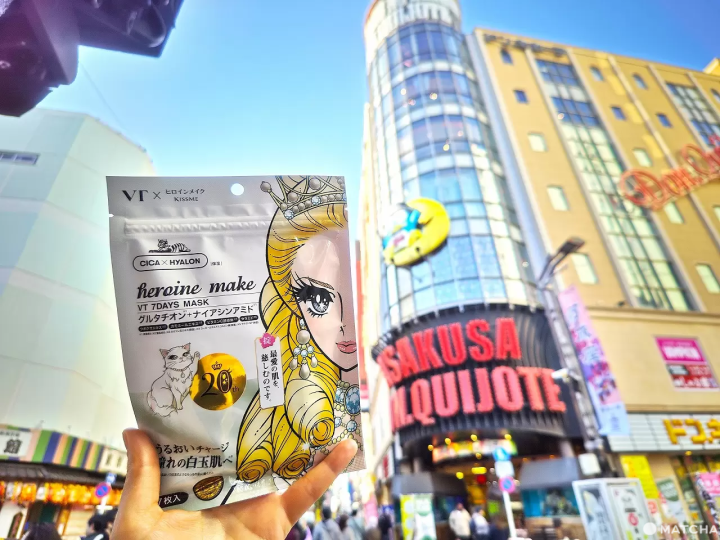
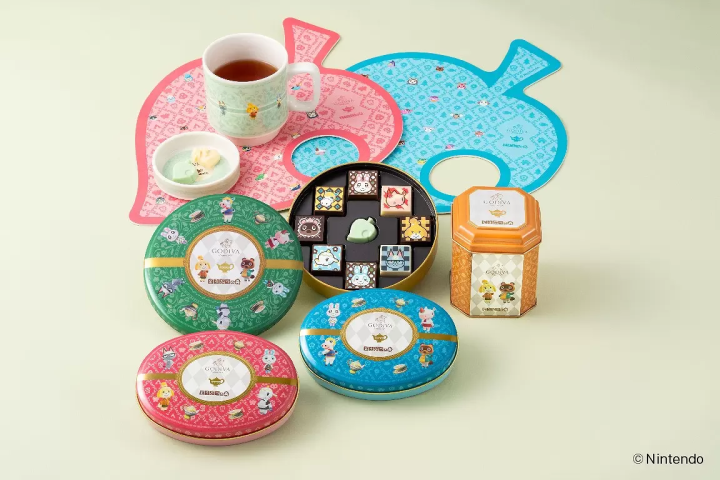
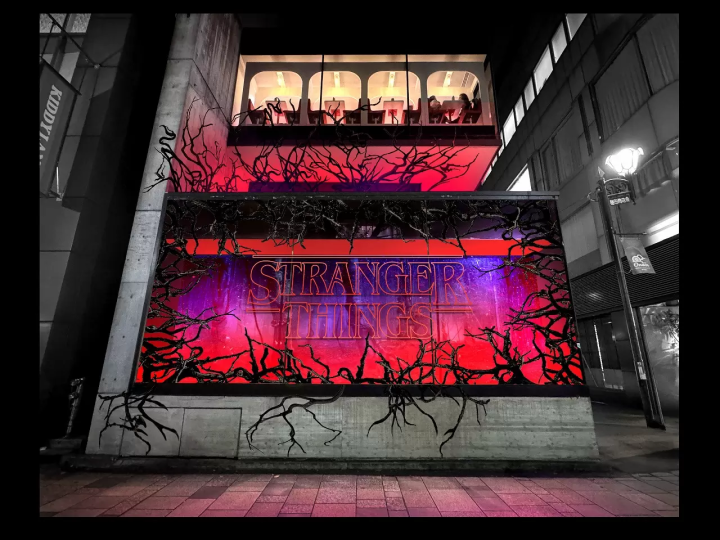
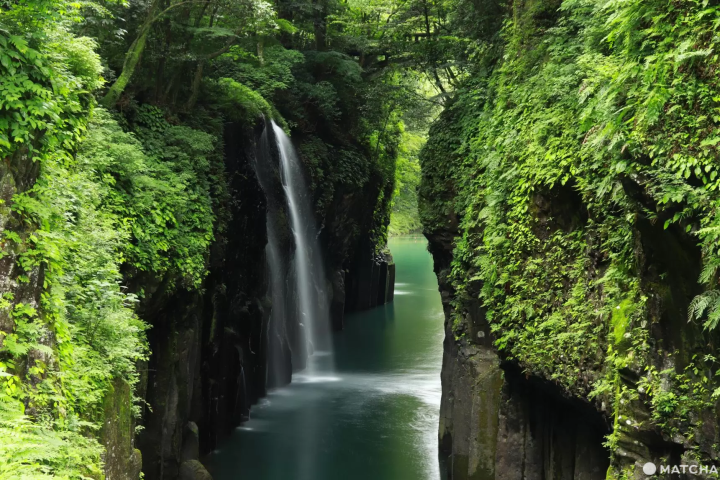




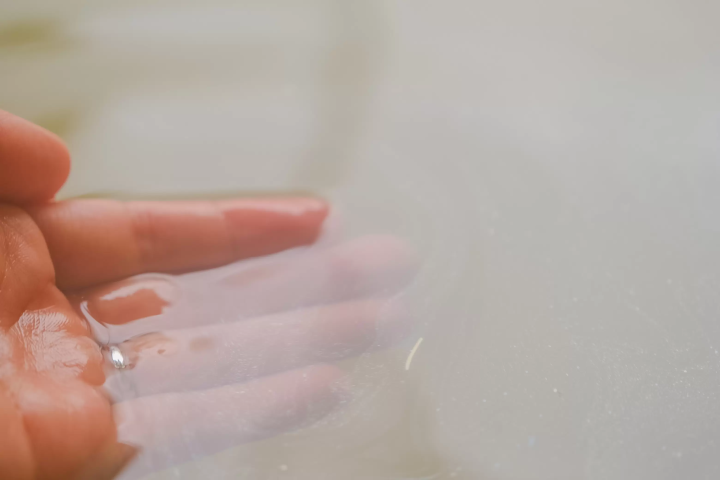


![[Wakayama Guide] Ume and Umeshu (Plum and Plum Wine)](https://resources.matcha-jp.com/resize/720x2000/2025/12/08-252248.webp)
![[2025 Update] From Kansai Airport to Namba - Recommended for travelers with large luggage! Travel comfortably by bus](https://resources.matcha-jp.com/resize/720x2000/2025/10/25-248088.webp)